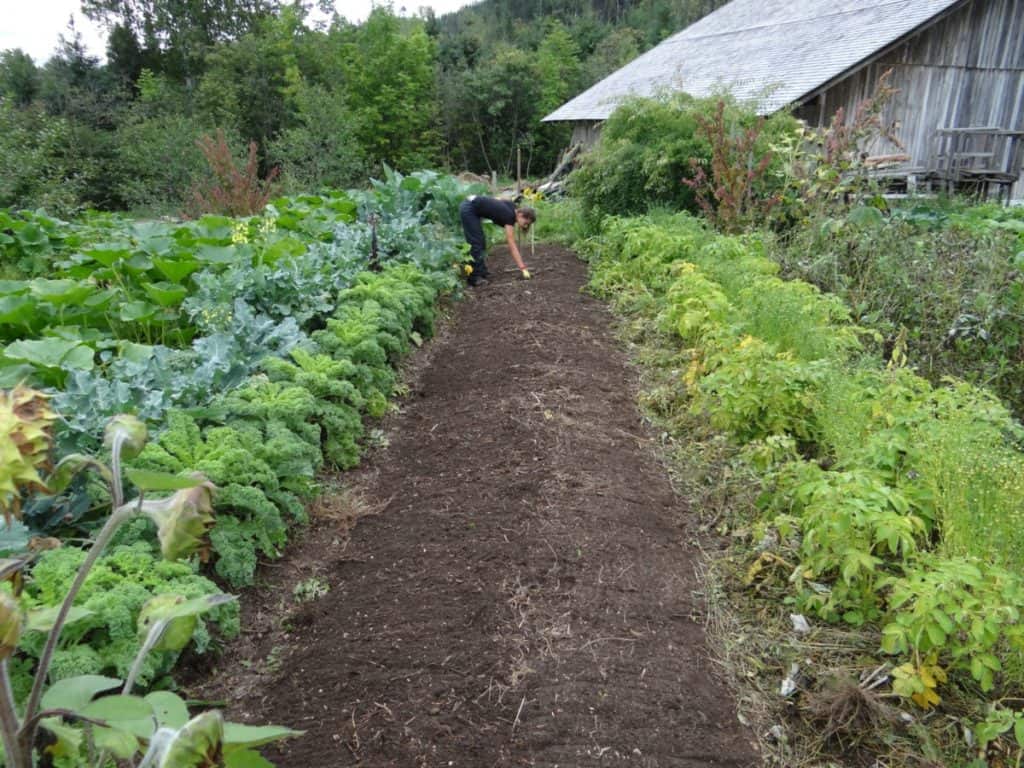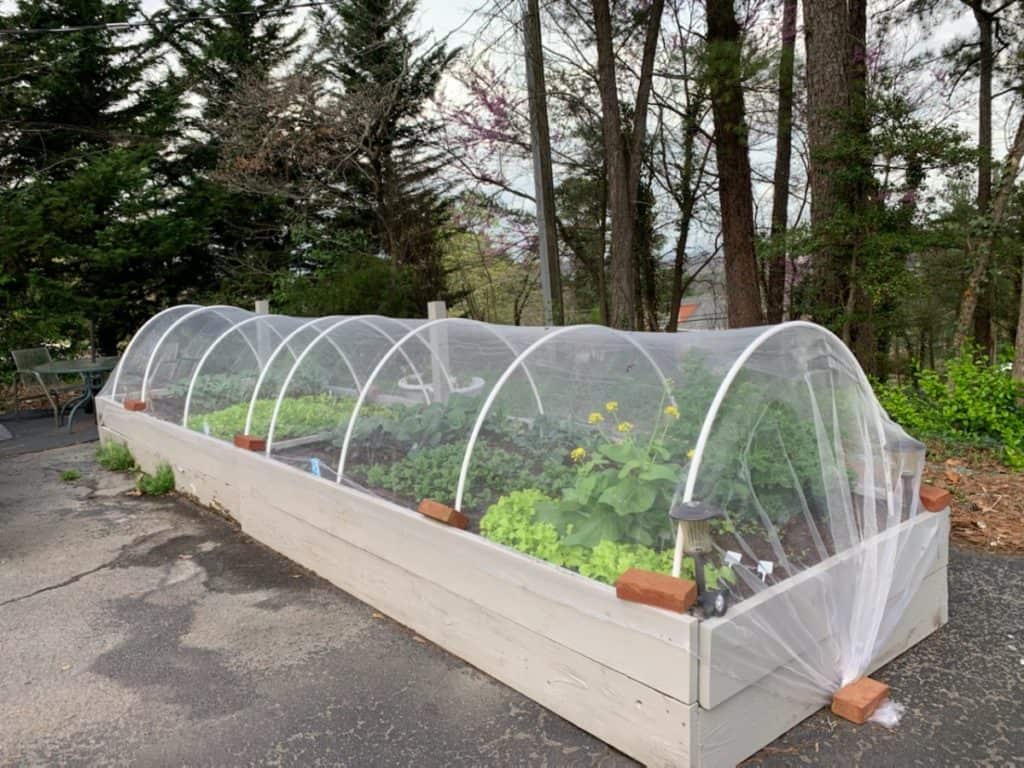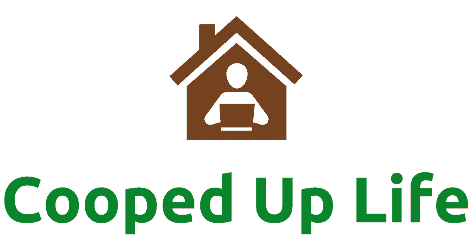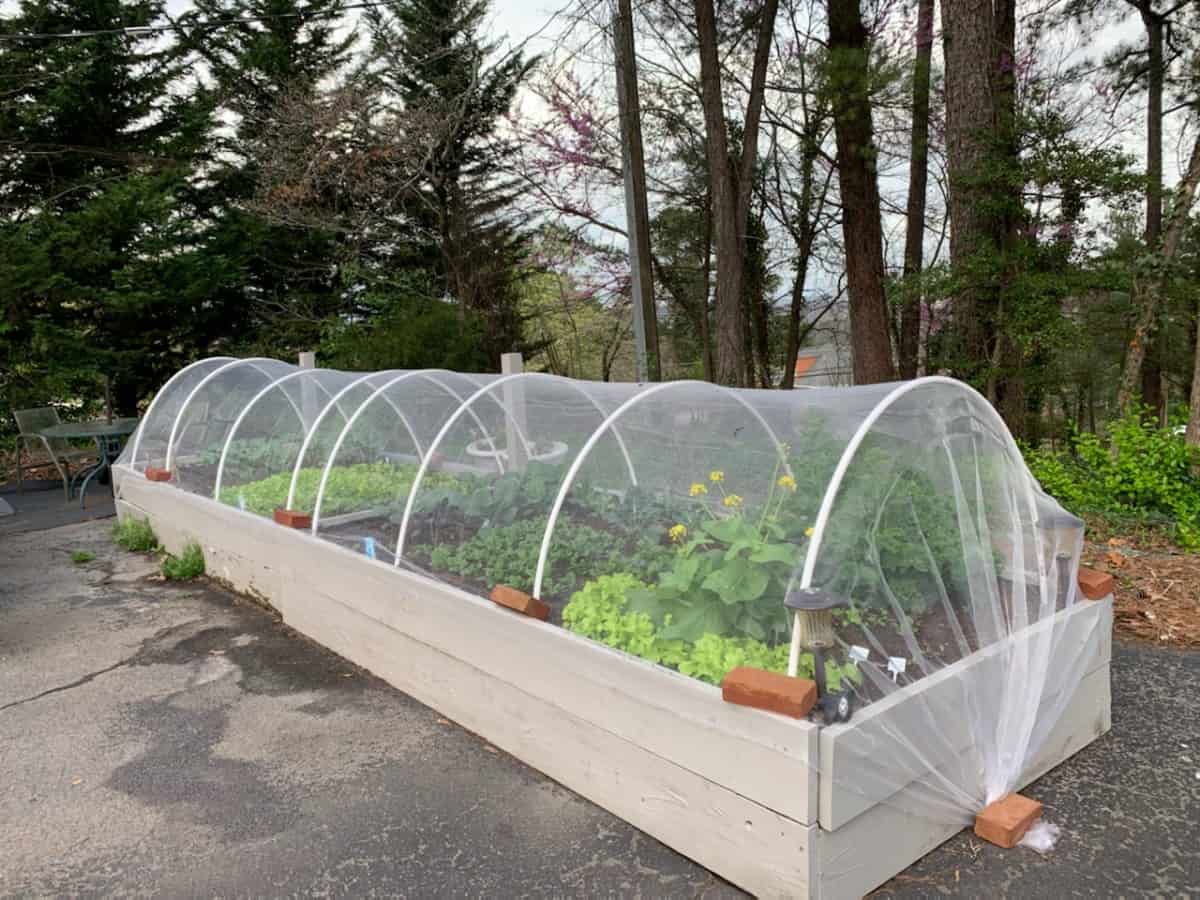To establish a solid foundation, you have to decide where exactly that foundation will be. When it comes to gardening, that foundation can take the form of either a raised bed garden or an in-ground garden – or a combination of both, dependent on your needs.
There are many different factors to consider while making your decision, but before you do, you must understand the distinction between your two options.
In-ground gardening primarily utilizes the existing soil structure in your garden and is commonly used in hot and dry climates with rich soil. Raised bed gardens are bottomless structures designed to efficiently grow plants in superior soil, especially in regions with wet climates and inadequate in-ground planting soil.
When it comes down to making your decision, there are more factors to consider than just the climate and soil.
From your current gardening budget to the amount of work you’ll need to put in, you want to make sure you make the right choice. To make this easier, use the breakdown below of all the factors you need to take into consideration so your garden can thrive.
Both Methods Have One Thing in Common
While both methods of gardening discussed here have their own merits and drawbacks, one method isn’t necessarily better than the other.
Rather, one will likely be the better option for your garden personally, depending on the various factors outlined here. When considering your options, the best place to start is in your future garden!
You have a unique vision for your outdoor space and you need the appropriate tools to achieve that vision. One of the most powerful tools in your gardening arsenal is the soil that you will be using.
Assessing the existing soil in your garden is therefore the first step you’ll need to take in actualizing your vision.
Evaluatingyour native soil can be done through a handful of easy steps. The ideal soil compound contains an estimated 25% water and 25% air, though these percentages vary depending on different soil structures.
When carrying out your test, you will be analyzing the balance of these elements in your soil to determine its suitability for growing.

Evaluating Your Soil’s Suitability for the Season
Before you can assess your garden soil, you will need to collect a soil sample. It is best to obtain your sample from a central spot in your planned gardening area. Depending on the layout of your garden, you may need to sample multiple soils from detached gardening areas as the soil quality may vary.
To collect your sample, use a shovel or trowel and remove an 8-inch-deep soil sample. Use your gardening tools to collect more topsoil from the edges of your sample site and add this to your soil sample. Thoroughly mix together your soil sample and you’ll be ready to test it.
It is crucial to use your senses when testing your sample, particularly sight, smell, and touch. When you look at some of the soil samples you collected, do you see any insects?
One shovel-full of healthy soil should typically contain an estimated minimum of five earthworms. Earthworms are a sign that microbial life is successfully thriving in your soil. How does the soil smell? Healthy soil will have a rich, earthy scent. If it’s an unpleasant rotting odor, your soil may be in the putrefying process.
An additional quick soil test can be done by adding water to a portion of your sample and kneading it. If the sample feels gritty when kneaded, it is likely sandy and the portion will not be able to retain a ball shape.
If the soil-water mixture feels smooth, your soil is likely silty, and if it feels sticky to the touch, your soil is likely clay-based. For this step, you should consult a soil texture diagram; healthy soil will be towards the middle of the triangle where it reads ‘loam’.
Upon evaluation of your soil, you’ll have a clearer understanding of how to proceed with your garden. If your soil samples were healthy, you may want to opt for an in-ground garden, however, this decision also depends on what you want to grow. On the other hand, if your soil appeared unfit for growing, you may want to go with a raised bed and buy soil, however, in some cases, it is possible to nurture the existing soil back to health.

The Advantages of In-Ground Gardening
Are you looking to take what’s there and very simply turn it into a lush garden in the most cost-efficient way possible? Then you might want to consider in-ground gardening, which comes with many benefits.
Many soils will be naturally fit for growing a number of plants, provided that the soil is nurtured and regularly mulched and watered. If you evaluate your soil and find it is unfit for growing, revitalizing the soil can take time, so it might take longer to get the garden of your dreams.
Using the existing soil from your garden – whether it is already healthy or you plan to rejuvenate it – saves on costs that would be incurred from buying soil and setting up raised beds. Sometimes the answer is as simple as a bag of fertilizer and some seeds to plant!
Generally, establishing and maintaining an in-ground garden requires less effort than that of a raised bed garden. Ground garden irrigation systems are less complex and the soil will remain moist for longer, which means your garden will require less watering overall. In-ground gardening usually provides more space to garden in. If it’s space and quantity you’re going after, this is the route for you.
What exactly you would like to plant in that space is another factor to consider. Statistics show that it is practically impossible to grow the majority of food crops in ground garden beds due to burrowing rodents and insects that eat the plants. This makes it exponentially harder to grow edible crops in ground garden beds.
It’s also important to consider the aesthetic you’re going for in your type of garden, such as thenatural farm-like aesthetic often provided by in-ground gardens. If you’re going for a more modern aesthetic, then you may want to instead consider a raised bed garden

The Advantages of Raised Bed Gardening
Location is key and a raised bed garden puts that power in your hands! Using planter boxes, you have the benefit of dreaming up and designing the perfect garden to your very own specifications.
Once you’ve decided where to situate your raised bed(s), the real advantages will begin revealing themselves to you! Planter boxes or raised beds do not have a bottom side; if they did, that would be considered container gardening.
If your soil evaluation revealed that your garden’s existing soil was unhealthy, buying soil for your raised bed garden eliminates that problem and gives you more control over your garden. Compost and organic matter should be at a 1:1 ratio with the soil you use. It is also possible to use more topsoil, with a mixture of 60% topsoil, 30% compost, and 10% soil.
If you assessed your soil and found it to be healthy, it is possible to use this in the planter box instead of bought soil. The amount and type of soil you use will vary depending on the amount of beds you want to fill and their individual dimensions and what you wish to grow.
It would be advisable to measure your planter boxes and take these measurements to your local garden shop – and remember to keep the ratio of soil to other materials in mind when doing this.
Once you’ve bought soil and you’re ready to dig into it with your trowel, you’ll experience the ergonomic support this gardening method offers first hand. Not that you’ll have to spend too much time working in your garden, as raised beds help keep unwanted bugs and weeds out of your plants. This is why it is possible to effectively grow food crops in raised beds.
The customizability of planter boxes also works in your favor. As a rule of thumb, raised beds should be at least 1 foot tall, but can be even taller! You will want to make sure there’s enough space for your plants’ root systems to develop. The more space your plants have to grow their roots, the bigger they’ll be!
If you have a pet, this is also a variable to consider when planning your garden! Pets are notorious for destroying plants, and raised beds make it easier to keep your pets out of your plants (and your plants out of your dog’s mouth).
Once your plants are inside your planter boxes, it’s time to start decorating. Raised gardens can be more than functional, they can be beautiful too and offer great potential for artistic customization. When your plants are in bloom and your planters are painted bright, your garden will pop!
Conclusion
Your gardening journey starts with your vision and a little bit of soil! Once you’ve tested your soil and you know where you stand in your garden, figuratively speaking, you’ll be able to begin your gardening adventure.
Whether that takes the form of an inexpensive in-ground garden with a more natural aesthetic or a more modern approach with bright colors, the choice is yours to make. Once you’ve decided on a route to take, you’ll be literally standing in your lush garden in no time.

